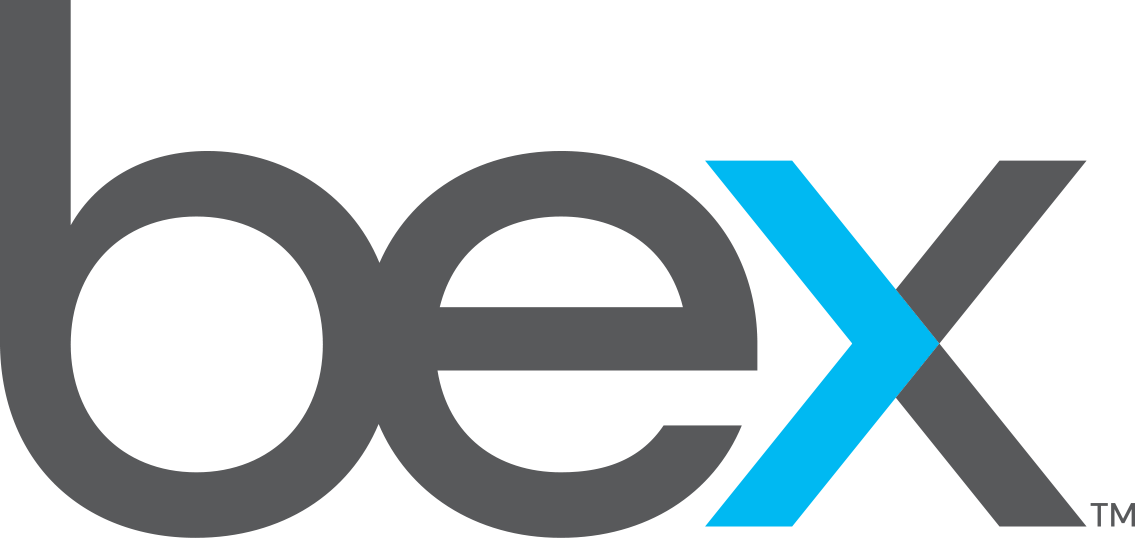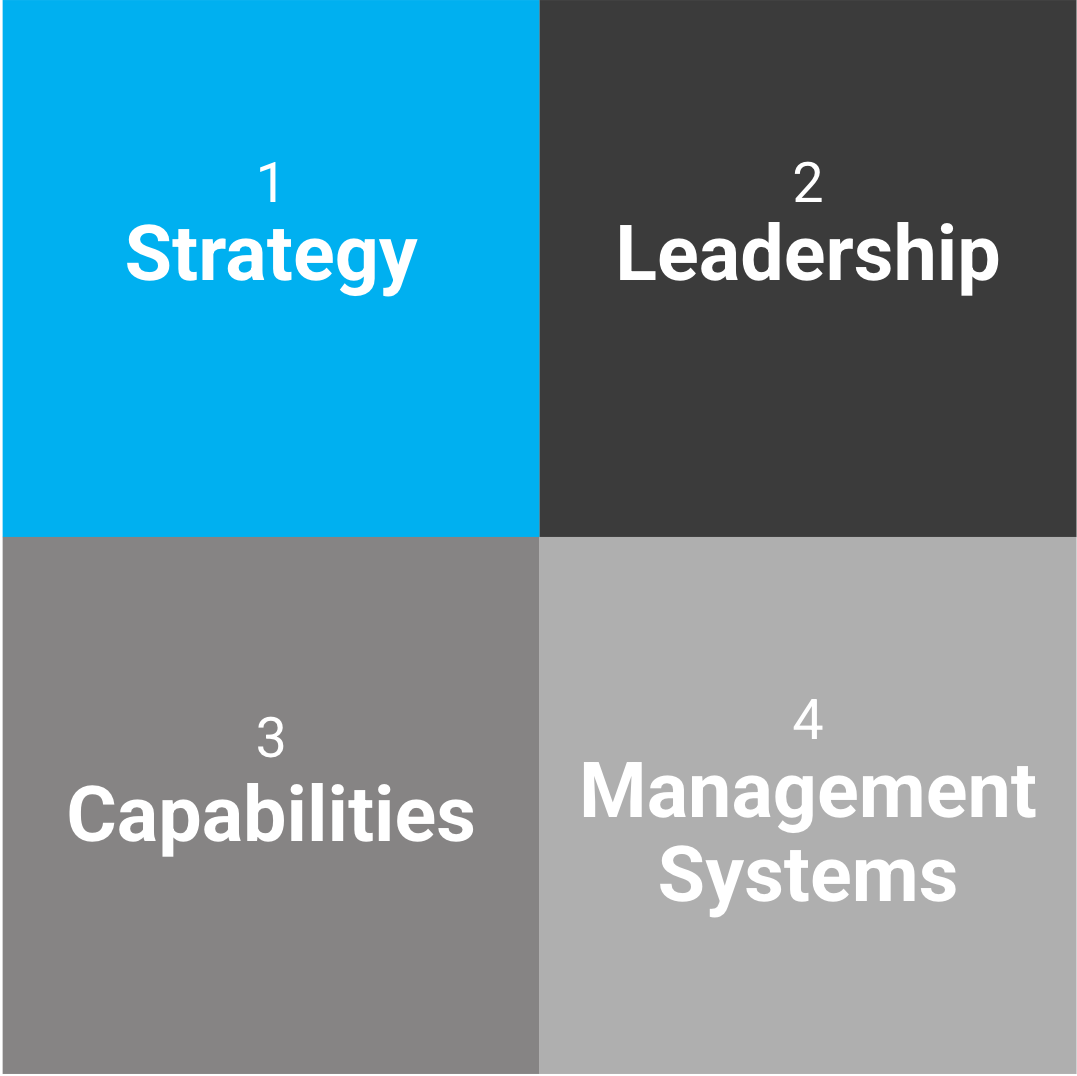Performance Building Blocks
areas to strengthen when optimizing performance.
How is a high-performing organization defined?
> A high-performing organization is one that consistently delivers and sustains superior business results. Its four high-level building blocks – strategy, leadership, capabilities, and management systems – are aligned to meet or exceed goals. Alignment is achieved by:
1. Strategy: is clearly defined and documented
2. Leadership: is inspiring and communicates the strategy
3. Capabilities: are built and nurtured to deliver strategic objectives
4. Management Systems: are installed to support strategy execution
Strategy
Mission
The team is clear on its purpose and rallies around the top priority
Vision
People are motivated by the direction of the organization
Strategy
Choices are made to win with customers and against the competition
Customers
Understanding and empathy guide product and service offerings
Brand
A collective reputation is nurtured and a distinct identity is expressed
Value proposition
Advantages over the competition are clear to everyone
Leadership
Trust
Team members are vulnerable, admit mistakes, and ask for help
Conflict management
Disagreements are resolved via healthy debate and productive friction
Commitment
Team members buy-in to decisions and move forward together
Accountability
Team members hold each other responsible for delivering on commitments
Results
Focus of leadership is on collective outcomes
Culture
Expectations are set, modeled, rewarded, and shortfalls are corrected
Capabilities
Processes
End-to-end designs meet or exceed customer expectations
Technology
Efficiency and value are unlocked via automation and digitization
Talent
Employees are hired, developed, and recognized in alignment with goals
Continuous improvement
Employees feel a sense of ownership to get better every day
Innovation and transformation
Bold new ideas are encouraged, evaluated, and acted upon
Change management
Commitment is systematically gained and disruption is minimized
Management Systems
Governance
Robust systems are in place to measure progress and performance
Structure
Reporting, decision rights, and roles and responsibilities are documented
Communication
Clarity is achieved by cascading and repeating information and decisions
Resource management
Time, skills, finances, and other assets are maximized
Situation analysis
Regular evaluation identifies needs for strategy or operational changes






